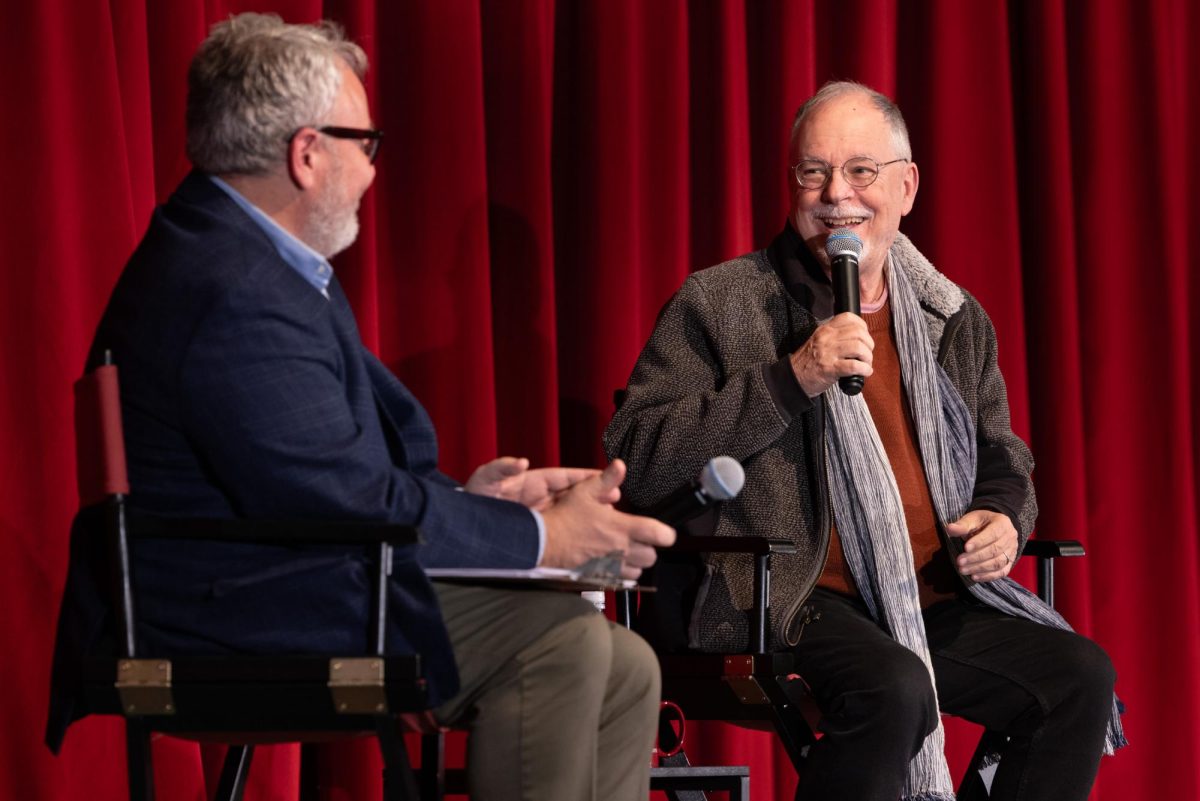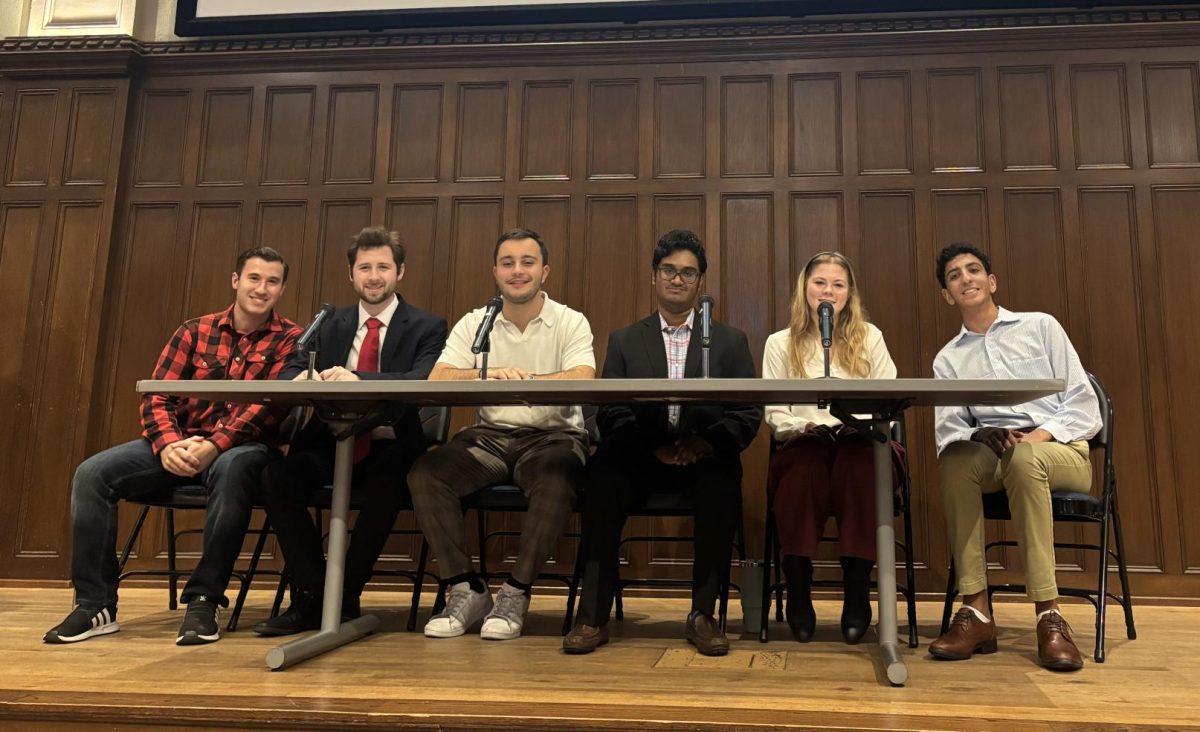By Helen Stevenson

Kurt Vonnegut often used wit and satire in his writing to address things that are hard to talk about and hard to experience – even war. Connor Smith, FCRH ’19, has researched the changing clinical diagnosis of Combat-Related Post-Traumatic Stress Disorder (PTSD) and its prevalence in Kurt Vonnegut’s seminal book, “Slaughterhouse Five”..
Smith’s research was primarily built through close readings of textual analysis and literary criticisms, while compared in conjunction with a study of the clinical diagnosis of Combat-Related PTSD. He also focused on the second edition of Diagnostic and Statistical Manual of Mental Disorders (DSM).
“For those who haven’t read ‘Slaughterhouse Five,’ it is a novel surrounding [Billy Pilgrim,] an optometrist turned soldier in WWII who is taken as a prisoner of war and survives the bombing of Dresden,” says Smith.
The text often changes time periods to effectively create Vonnegut’s intended narrative and impact. “Vonnegut is a master story-teller, and while the way in which he alters time throughout the text is jarring initially, it is very useful in crafting a unique and effective narrative discourse,” he said.
Primarily, Vonnegut’s use of timeline allows the reader to understand Billy Pilgrim’s experience as a soldier and as a veteran, according to Smith. Through the descriptions of wartime and his experience post-combat, the reader may understand the effects of PTSD on an individual. Smith says that with this understanding, the reader must be aware of the substantial progression in the way society understands the disorder.
Although PTSD was only recognized in the third edition of DSM, a veteran experiencing psychological scars from war is far from a modern concept.
In the 1790s, the term ‘disassociation’ was largely used to refer to a soldier’s post-traumatic stress when returning from war. The term addresses the severity of a veteran’s experience adjusting to civilian life and works to highlight the negative effects of warfare. Unfortunately, Smith says the diagnosis subsequently deteriorated in the following 150 years.
“’Nostalgia’ in the Civil War, ‘war neuroses’ in WWI, and ‘combat fatigue’ in WWII,” he says. ““Combat fatigue’ was used in WWII to downplay the diagnosis and allow a soldier suffering from what we now know is PTSD to be sent back to the front lines.”
Smith found it was not until 1955 that the term “post-traumatic” was used to describe a veteran’s experience with hardship adjusting to civilian life, and it wasn’t until 1980 that DSM officially recognized and coined the phrase Post-Traumatic Stress Disorder.
“It wasn’t until fairly recently that the diagnosis has allowed ‘us’ to confront the very real issues veterans are facing as they return home, and it allows the general public to more aptly involve ourselves in a conversation about mental health,” he says.
“Slaughterhouse Five” was published in 1969, over a decade before DSM recognized PTSD as a disorder. However, Smith says that in Vonnegut’s narrative, Billy Pilgrim often exemplifies the “symptoms” that a soldier may experience when returning from combat.
“There is one particularly pungent scene in the novel in which Billy Pilgrim…experiences some very severe physiological symptoms associated with Combat-Related PTSD — night terrors, thrashing and yelling in his sleep,” he says. “At one point in the novel, Billy reacts badly to a siren going off and, ‘he was expecting World War Three at any time.’”
The chronologically disordered narrative of the novel may also be indicative of these post-traumatic symptoms, according to Smith. As many veterans experience flashbacks as a result from PTSD, Billy Pilgrim has the ability to become “unstuck in time,” a term Vonnegut uses to signify a flashback or flashforward.
Smith says his research has done a lot to uncover and understand Vonnegut’s narrative. He was struck at the significant impact the reader’s lens has on the understanding of text and context.
“Studying this novel in conjunction with my research in the clinical diagnosis of Combat-Related PTSD revealed a multitude of interpretations that I had not considered in my previous readings [of ‘Slaughterhouse Five’],” he said. “There is so much we can learn through literature that stretches far beyond the pages themselves.”













































































































































































































